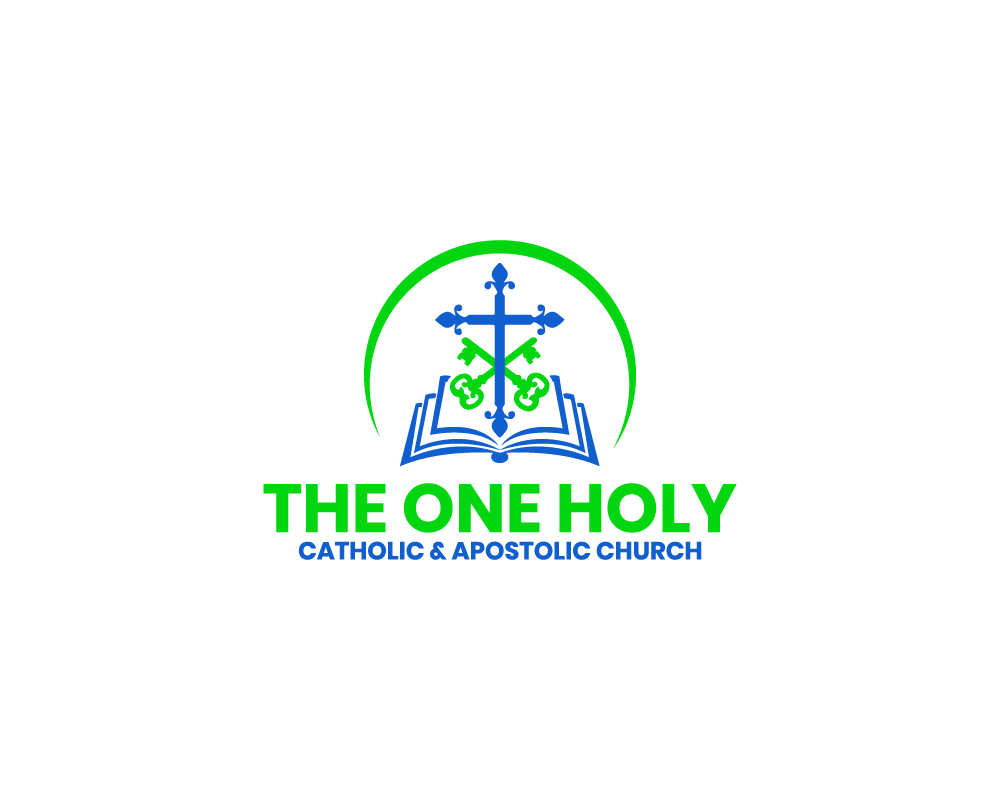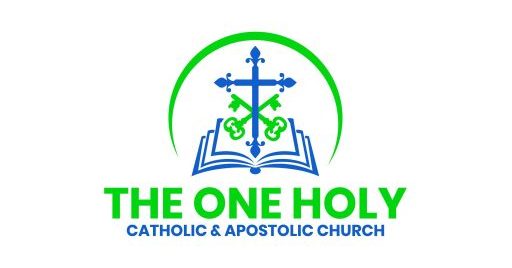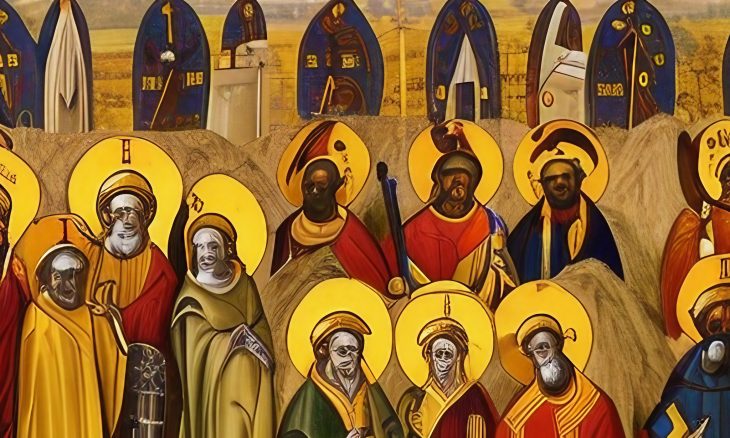Here is a summary of the central dogmas established by the Seven Ecumenical Councils of the Christian Church, which are recognized by The One Holy Catholic & Apostolic Church
- First Council of Nicaea (325 AD)
- Dogma: The divinity of Jesus Christ, the Son of God, is equal to that of God the Father.
- Condemned: Arianism, which denied the full divinity of Jesus Christ.
- Established: The original Nicene Creed as a statement of faith.
- First Council of Constantinople (381 AD)
- Dogma: The Holy Spirit is divine and equal to the Father and the Son, thus affirming the doctrine of the Holy Trinity.
- Condemned: Macedonianism (also called Pneumatomachians), which denied the divinity of the Holy Spirit.
- Modified: The Nicene Creed now included the divinity of the Holy Spirit and is known as the Niceno-Constantinopolitan Creed.
- Council of Ephesus (431 AD)
- Dogma: Jesus Christ is one person with two natures, divine and human, united in the Incarnation.
- Affirmed: Mary as Theotokos (God-bearer or Mother of God).
- Condemned: Nestorianism, which argued that Jesus Christ had two distinct persons, one divine and one human.
- Council of Chalcedon (451 AD)
- Dogma: The Chalcedonian Definition was established, stating that Jesus Christ is one person in two natures, fully human and fully divine, without confusion, change, division, or separation.
- Condemned: Eutychianism or Monophysitism, which argued that Jesus Christ had only one nature, a divine-human hybrid.
- Second Council of Constantinople (553 AD)
- Dogma: Reaffirmed the teachings of the previous councils, especially the Council of Chalcedon.
- Condemned: The Three Chapters, a set of writings by Theodore of Mopsuestia, Theodoret of Cyrrhus, and Ibas of Edessa, were seen as sympathetic to Nestorianism.
- Third Council of Constantinople (680-681 AD)
- Dogma: Affirmed the doctrine of Dyothelitism, which holds that Jesus Christ has two wills, divine and human, corresponding to his two natures.
- Condemned: Monothelitism, which argued that Jesus Christ had only one will.
- Second Council of Nicaea (787 AD)
- Dogma: Affirmed the veneration of icons as a legitimate practice in Christian worship and devotion.
- Condemned: Iconoclasm, the belief that the use and veneration of icons in Christian worship were idolatrous.
These Seven Ecumenical Councils have played a crucial role in shaping the theology of the Eastern Orthodox and Roman Catholic churches. However, the Eastern Orthodox Church also recognizes several other local and regional councils that have contributed to its theological development.
Determining the Theological Importance of Icons
The theological significance of icons in Orthodox Christianity was ultimately established and defined by the ecumenical councils of the first eight centuries. Rooted in Scripture and centered on the doctrine of the divine Incarnation, these councils made crucial decisions that shaped the understanding of icons. Gregory the Theologian highlighted how the Incarnation made the inconceivable conceivable, the incomprehensible comprehensible, and the uncircumscribable describable.
Significance of the Ecumenical Councils
The ecumenical councils hold a special place in the Orthodox Church’s formation of doctrine and its appreciation thereof. These “great” or “ecumenical” councils, recognized by both Eastern and Western churches, were embraced by a large part of Christendom as they defended and defined fundamental Christian doctrines. Notably, many of these councils took place in or near Constantinople, a significant hub of early Christianity.
First and Second Ecumenical Councils
The First Ecumenical Council (Nicaea, 325) emphasized the divinity of Christ, affirming that He shares the same essence as the Father. The Second Ecumenical Council (Constantinople, 381) built upon this teaching, expanding it to include the understanding of the Holy Spirit’s procession from the Father. The Creed, recited in sacraments and especially during baptism and the Divine Liturgy, originated from these two early councils.
Third and Fourth Ecumenical Councils
The Third Ecumenical Council (Ephesus, 431) continued along the same trajectory, affirming the fullness of Jesus Christ’s humanity. It emphasized that Jesus Christ is a union of two distinct natures. The Fourth Ecumenical Council (Chalcedon, 451) declared that this union in Christ is “without confusion, without change, without division, and without separation.” Christ’s consubstantiality with both the Father and humanity was affirmed.
Fifth to Seventh Ecumenical Councils
The teachings of the Fifth Ecumenical Council (Constantinople, 553), the Sixth Ecumenical Council (Constantinople, 680–81), and the Quinisext Council (Constantinople, 692) further sealed the fullness of Jesus Christ’s human nature. These councils emphasized the reality of Christ’s will and soul, affirming His complete identification with every aspect of human nature. The Seventh Ecumenical Council (Nicaea, 787) specifically affirmed the use of sacred images as genuine expressions of faith in the Incarnation.
The Culmination of Theological Debates
The final council, the Seventh Ecumenical Council, marked not only a discussion on religious art but a continuation and confirmation of earlier definitions regarding the fullness of the humanity of the Word of God. It concluded the intense theological debates of previous centuries, providing a fitting and final resolution to these discussions.



